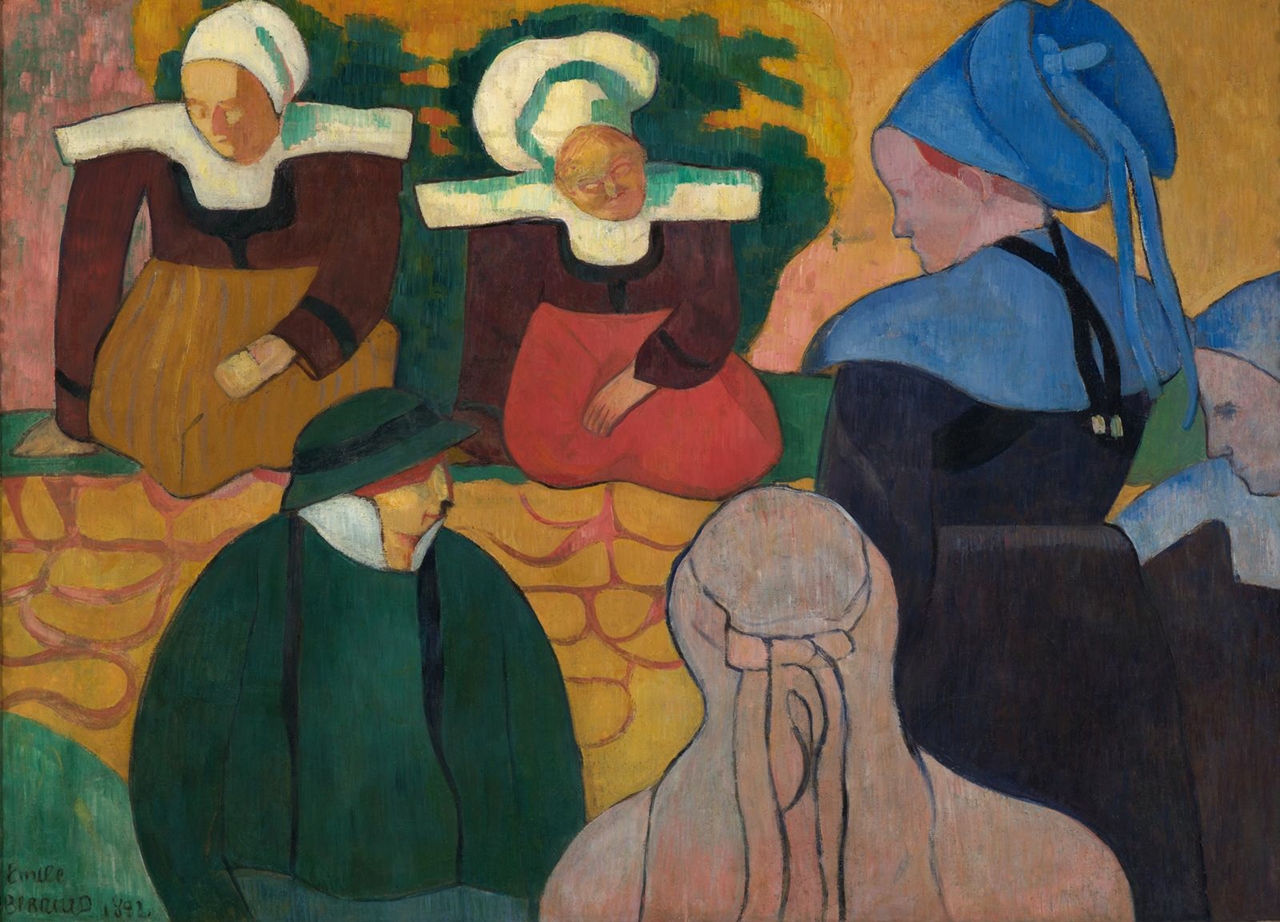Chilean painter Carolina Landea residing in the small coastal village of Cachagua, Chile, Carolina's paintings are stories of life; capturing moments, landscapes and the people who weave a certain magic through the spaces between.
Born in Santiago de Chile, Carolina spent part of her childhood and teen years in Spain where she began her training in the art world as a student of Jose Luis Azparren, a professor at the San Fernando Academy of Madrid. On her return to Chile, she continued her studies with Reinaldo Villasenor and Edwardo Vilches.








